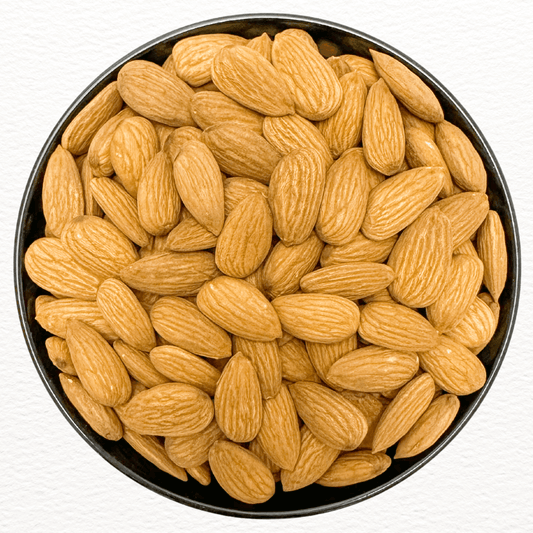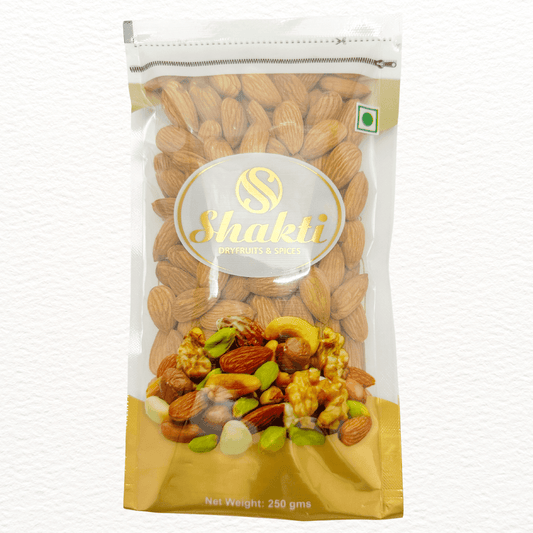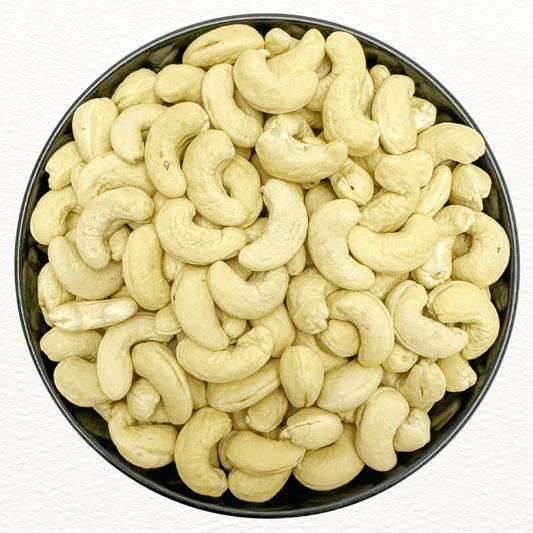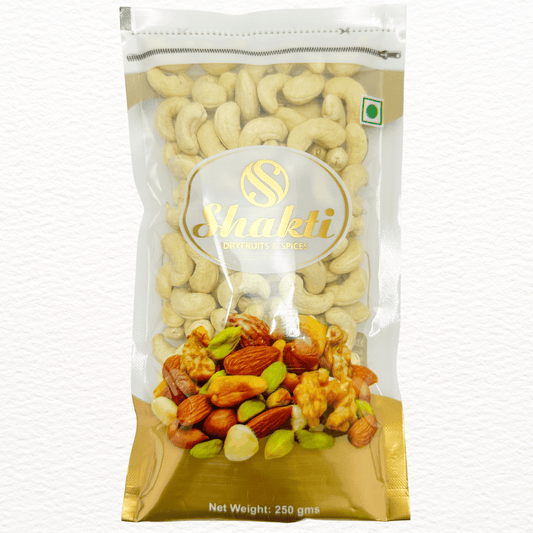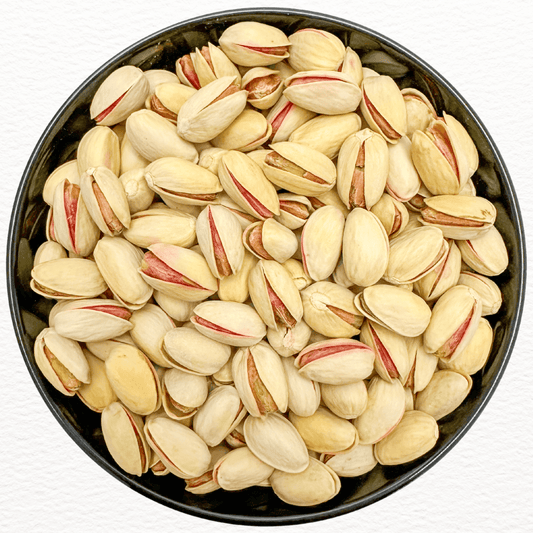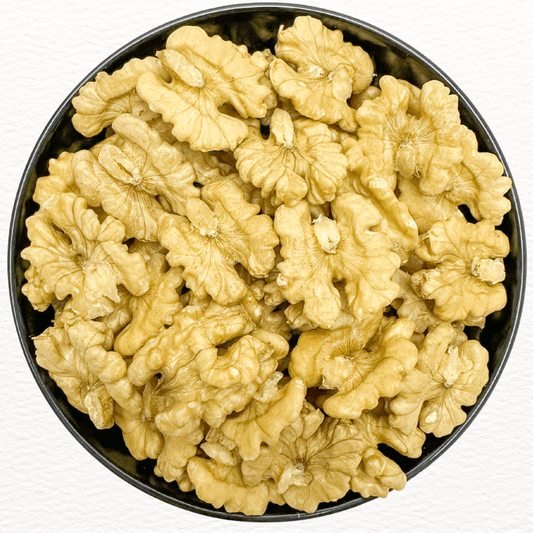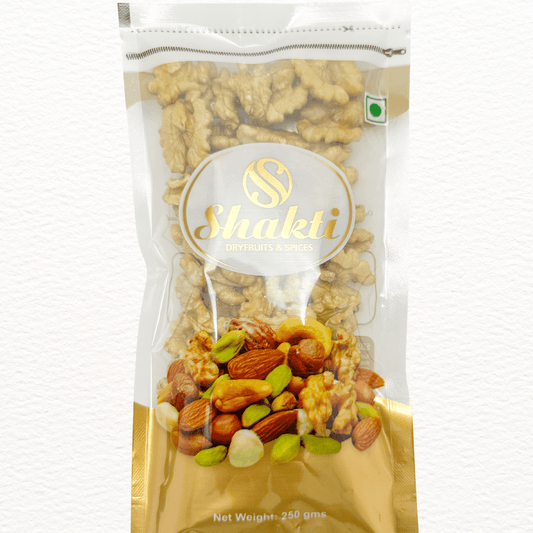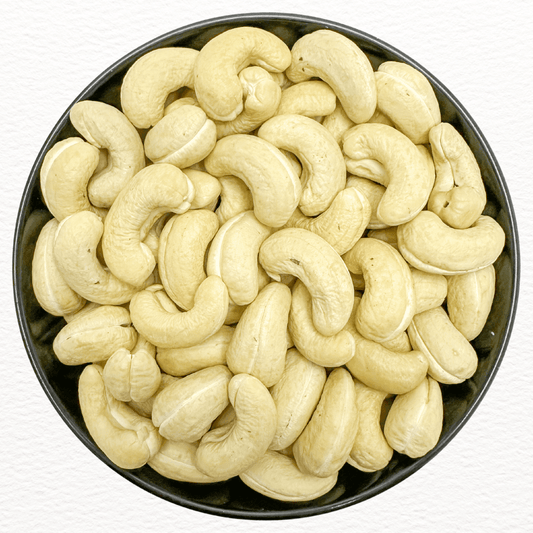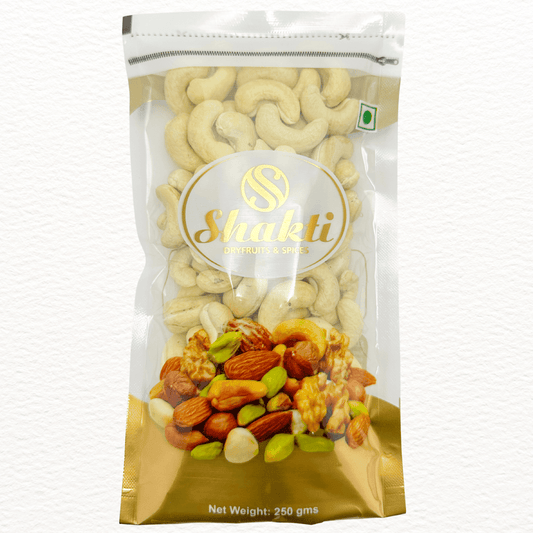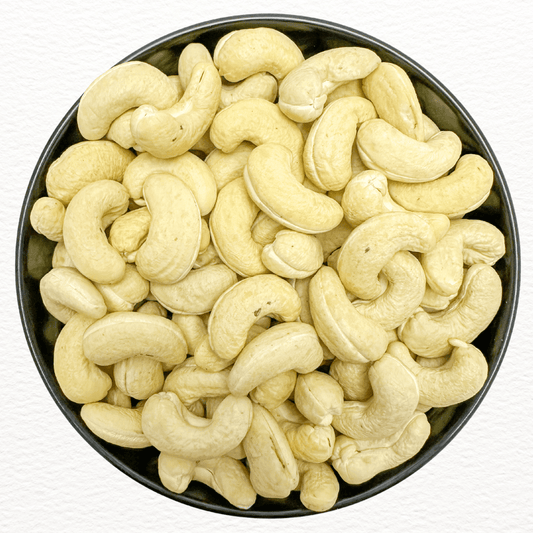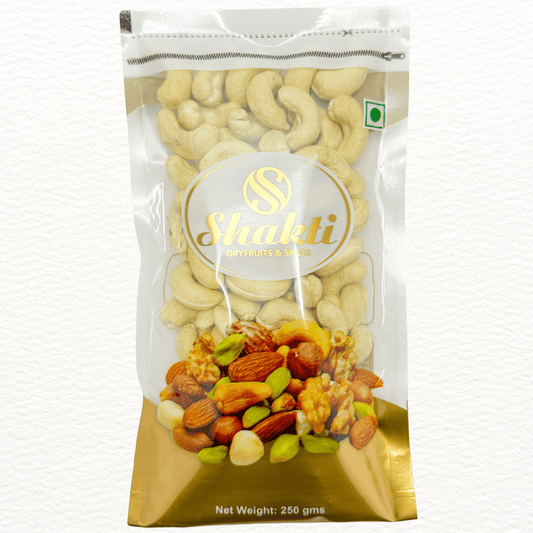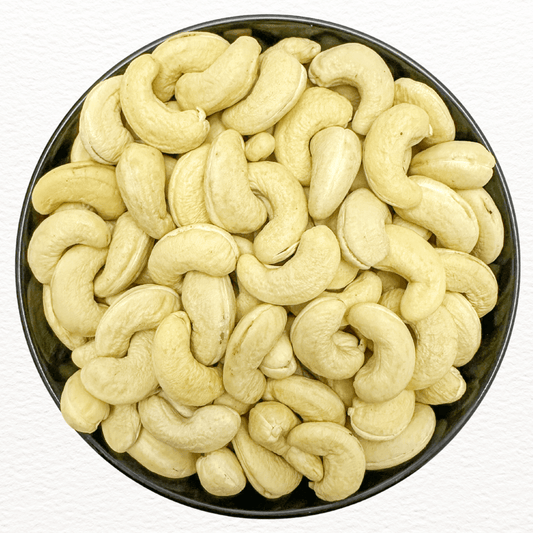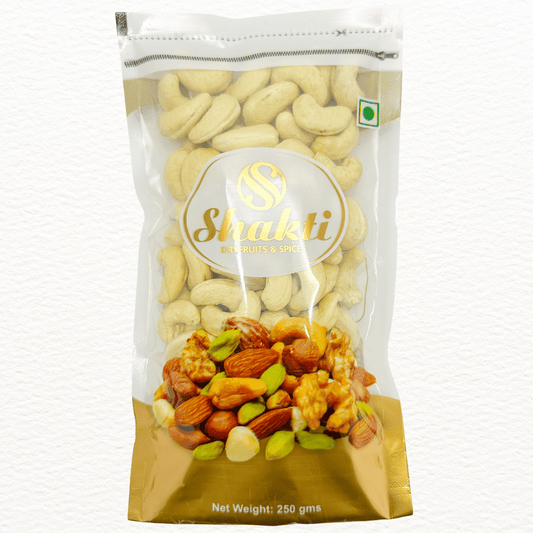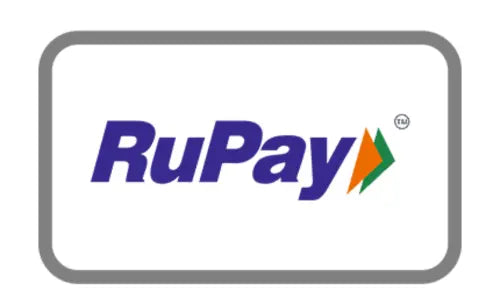Why Are Dry Fruits So Expensive? Discover the True Cost
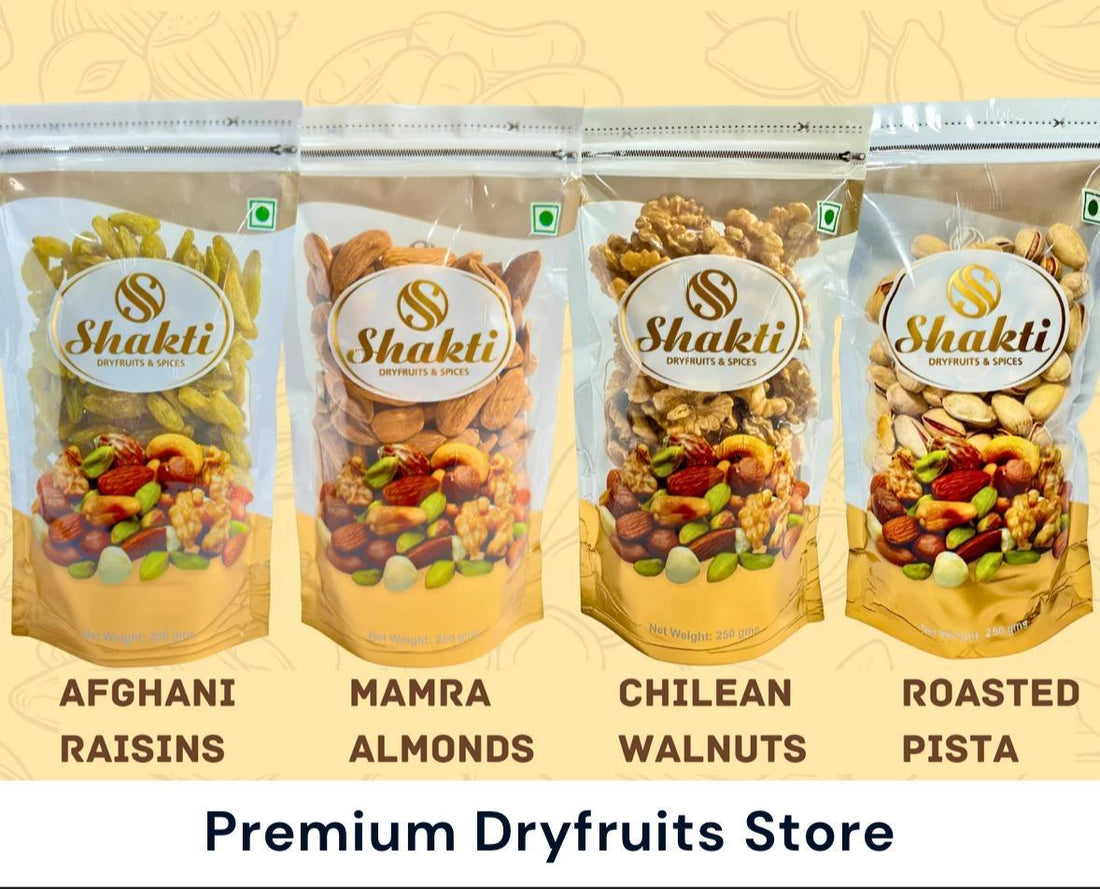
Dry fruits are a nutritious, versatile, and popular snack. But why are they so expensive? In this post, we break down the key factors that drive up the cost of dry fruits. By answering common questions like what, how, and why, we help you understand the true value behind these premium products.

What Factors Contribute to the High Cost of Dry Fruits?
1. Labor-Intensive Harvesting and Processing
How are dry fruits produced?
The process of making dry fruits is extremely labor-intensive. High-quality fruits are often hand-harvested to ensure only the best produce is used. Once picked, these fruits undergo meticulous cleaning, sorting, and drying processes. Drying methods (sun-drying, industrial dehydration, or freeze-drying) require time and careful handling to preserve the fruit's natural nutrients and flavor. This extensive labor and time commitment significantly contribute to the overall cost.
2. Quality and Sourcing Standards
Why does quality matter?
Premium dry fruits are sourced from carefully selected orchards where the fruits are grown under optimal conditions. High-quality raw materials naturally cost more. Suppliers invest in quality control measures to ensure that each batch of dry fruits maintains the best flavor, nutritional content, and shelf life. Organic or sustainably sourced dry fruits also carry additional certification costs, which add to the final price.
3. Processing, Packaging, and Storage Costs
How does processing affect pricing?
Once the fruits are dried, they require specialized packaging to preserve freshness and prevent contamination. Advanced packaging techniques and proper storage facilities (which often include controlled temperature and humidity) add another layer of expense. The investment in quality packaging and storage ensures that you receive dry fruits that remain fresh for longer periods, but it also increases the retail price.
4. Transportation and Logistics
When do logistics impact the cost?
Dry fruits are often produced in specific regions and then distributed nationwide or even globally. The transportation process includes costs related to shipping, customs (for imported products), and fuel. Efficient logistics and reliable distribution networks, particularly in a busy trade center like Mumbai, can drive up the cost due to added expenses in managing these operations.
5. Market Demand and Economic Factors
Which market dynamics drive prices?
The demand for dry fruits has been rising steadily, thanks to increasing health awareness and a growing preference for natural, nutrient-dense foods. High consumer demand, especially for premium unsweetened varieties, puts upward pressure on prices. Additionally, economic factors such as inflation, exchange rates (for imported dry fruits), and seasonal fluctuations further impact pricing.
Why Are Dry Fruits Worth the Cost?
Despite their higher price, dry fruits offer substantial benefits:
- Nutrient Density: They provide essential vitamins, minerals, and antioxidants in concentrated forms.
- Versatility: Dry fruits are used in various culinary applications, from snacks and desserts to savory dishes.
- Long Shelf Life: Their extended storage life means less waste and reliable availability.
- Sustainable Sourcing: Investing in high-quality, ethically sourced dry fruits supports sustainable agriculture practices.
How Can Buyers Ensure They Are Getting Value for Their Money?
What should you look for when buying dry fruits?
- Verify Quality: Check for certifications and reviews to ensure that the dry fruits meet high-quality standards.
- Compare Suppliers: Look at different suppliers to evaluate pricing, packaging, and delivery options.
- Bulk Purchasing: Consider buying in bulk if you’re a retailer or distributor to reduce per-unit costs.
- Stay Informed: Keep up with market trends and seasonal changes that might influence pricing.
Conclusion
The question "why are dry fruits so expensive?" has multiple answers. From labor-intensive harvesting and meticulous processing to high quality standards, advanced packaging, and robust logistics, every step in the production of dry fruits contributes to their cost. Additionally, rising demand and economic factors play a significant role in determining prices. Although premium, dry fruits offer exceptional nutritional value and versatility that justify their price tag.Understanding these factors helps you appreciate the true value of dry fruits. They are not just snacks—they are products that represent quality, care, and sustainable practices. For more insights into quality dry fruits and to explore our range, visit our Home Page or check our Dry Fruits Collection.
Internal Links:

